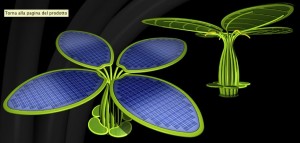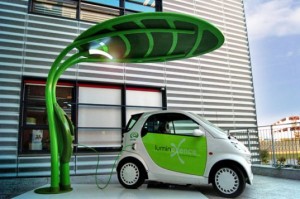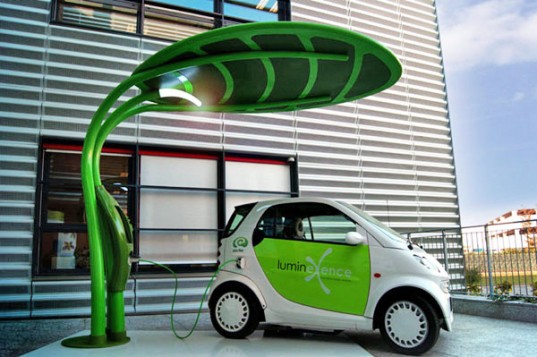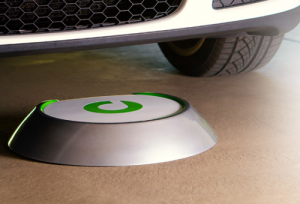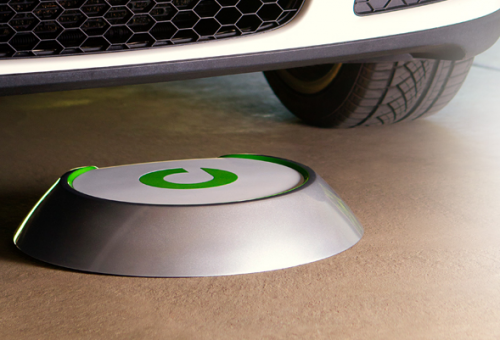It is science’s star experiment: an attempt to create an artificial sun on earth — and provide an answer to the world’s impending energy shortage. Scientists believe that this can’t be achieved for the next hundred years, but having your own sun for energy need is not an impossible dream! Maybe in future we can solve energy crisis by developing our own artificial sun. Scientists have been trying to harness nuclear fusion since Albert Einstein had derived the equation E=mc² in 1905. This equation raised the hope that fusing atoms together could release incredible amounts of energy. If Einstein’s theory is put to practical use, the amount of energy locked up in one gram of matter is enough to power 28,500 100-watt lightbulbs for a year.
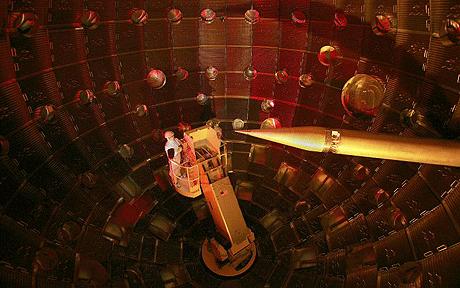
Scientists at the National Ignition Facility (NIF) in Livermore, situated amidst the wine-producing vineyards of central California, will use a laser that concentrates 1,000 times the electric power of the United States generates into a billionth of a second. This will lead to an explosion in the 32ft-wide reaction chamber which will produce at least 10 times the amount of energy used to create it.
The scientists will perform the experiment inside a structure that will cover an area the size of three football pitches. A single infrared laser will be sent through almost a mile of lenses, mirrors and amplifiers to create a beam more than 10 billion times more powerful than a household light bulb.
Video

This hanger-sized room will contain no dust so that impurities can’t get into the path of the beam. This laser beam will be split into 192 separate beams and then converted into ultraviolet light. Finally ultraviolet light will be focused into the centre of a capsule. The inner wall of this capsule has an aluminum and concrete-coated target chamber. When the laser beams strike the inner walls of the capsule, high-energy X-rays will be generated within a few billionths of a second. This activity will create the compressed fuel pellet inside until its outer shell blows off. This explosion is a very crucial step. This explosion of the fuel pellet shell produces an equal and opposite reaction that compresses the fuel itself together until nuclear fusion begins, releasing vast amounts of energy. Scientists have already spent 11 years in development work. They want the last of the lenses and mirrors for the laser to be put in place but this will be easier said than done. The tiresome task of adjusting and aiming the laser could take up to a year before they can successfully achieve fusion. Because the targeting should be right otherwise the experiment will not work. Of course creating the conditions existing inside the sun will be no mean feat!
In the coming spring, scientists will try to activate a tiny man made star that will imitate sun by setting off a thermonuclear reaction. This will generate more than 100 million degrees Celsius temperature and the amount of pressure will be billions of times higher than those found anywhere on the earth. All this can be accomplished from a speck of fuel little bigger than a pinhead! This step will lead to building up of nuclear fusion power stations and no dearth of energy for humankind.
In the spring, a team will begin attempts to ignite a tiny man-made star inside a laboratory and trigger a thermonuclear reaction. They will need hydrogen for fusion reaction and the earth and universe have plentiful supply of hydrogen. The whole experiment will cost £1.2 billion! “We are creating the conditions that exist inside the sun,” Ed Moses, director of the facility, stated. “It is like tapping into the real solar energy as fusion is the source of all energy in the world. It is really exciting physics, but beyond that there are huge social, economic and global problems that it can help to solve.”
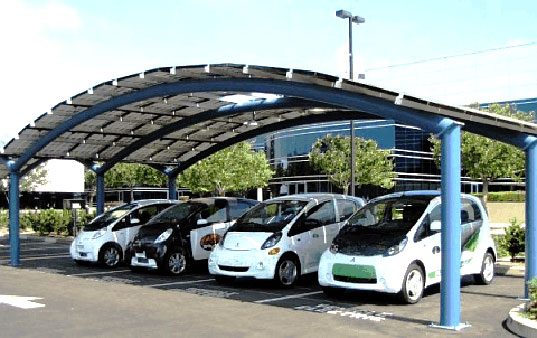
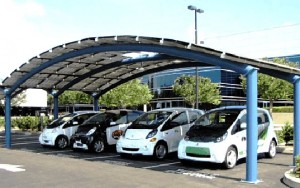
 Follow
Follow